Closed-Loop vs. Open-Loop Tension Control Systems: How to Choose the Right One
Table of Contents
Tension control is a fundamental aspect in many industrial processes, such as printing, textile manufacturing, and material handling. Proper tension control ensures that materials are processed smoothly, preventing defects, breakages and waste. Tension control systems, which manage the force applied to a material as it is processed, are classified into two main types: closed-loop and open-loop. This article provides a detailed comparison between closed-loop and open-loop tension control systems, highlighting their key characteristics, benefits, limitations and optimal use cases.
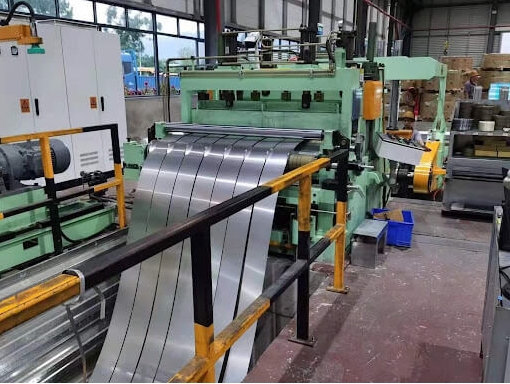
What is an Open-Loop Tension Control System
An open-loop tension control system operates based on pre-set inputs without any real-time feedback or adjustments. It relies on initial settings, such as motor speed or torque, to control the tension. This type of system assumes that environmental conditions and material properties remain constant throughout the process.
Key Characteristics of Open-Loop Tension Control Systems
- No Feedback Mechanism: The system runs based on programmed inputs without sensing or correcting tension deviations.
- Simpler Design: Open-loop tension control systems are less complex and easier to implement.
- Lower Cost: Generally, they are more cost-effective due to fewer components and simpler technology.
Advantages of Open-Loop Systems
- Ease of Installation: Straightforward setup and operation make open-loop systems quick to deploy.
- Reduced Maintenance: Fewer components mean fewer potential points of failure, leading to lower maintenance needs.
- Cost-Effective: Ideal for processes where precise tension control is not critical or where budget constraints are present.
Limitations of Open-Loop Systems
- Less Precision: Without feedback, tension adjustments cannot be made in real time, leading to potential inconsistencies.
- Not Adaptive: Changes in material characteristics or process speeds can lead to tension fluctuations and potential defects.
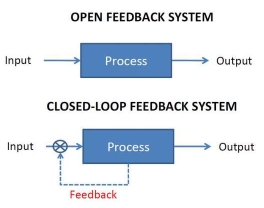
What is a Closed-Loop Tension Control System
A closed-loop tension control system features real-time monitoring and feedback mechanisms. Sensors measure the actual tension applied to the material, and the system automatically adjusts to maintain the desired tension level. This continuous feedback loop ensures high precision and adaptability during the process.
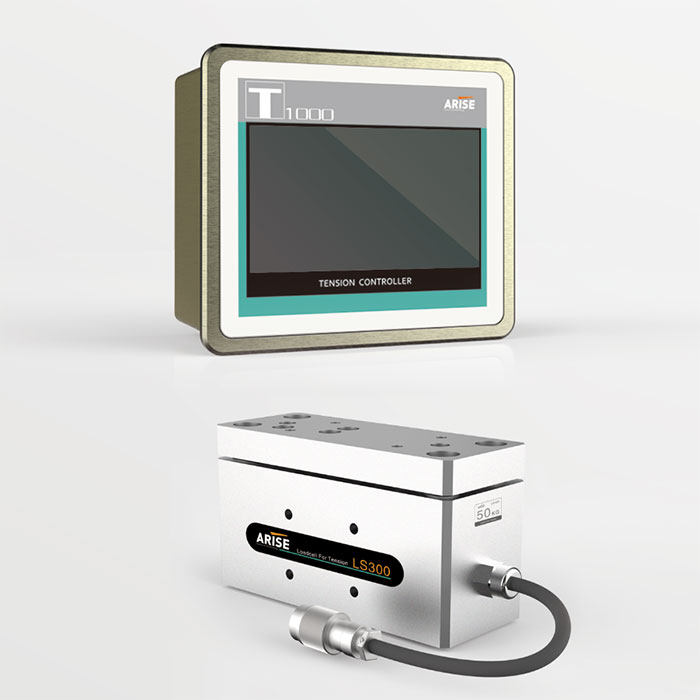
Key Features of Closed-Loop Tension Control Systems
- Real-Time Feedback
- Closed-loop systems use sensors (such as load cells or tension sensors) to continuously measure the actual tension in the material as it moves through the process.
- This feedback is then sent to a controller, which adjusts the tension by altering machine settings (such as motor speed or brake force) to maintain the desired level.
2. Dynamic Adjustment
- The system adjusts tension dynamically based on real-time data, allowing for immediate corrections if there are fluctuations in material properties, speed, or environmental conditions.
- For example, if the tension increases or decreases beyond the set point, the system will make automatic adjustments to bring it back to the desired range.
3. Higher Precision and Consistency
- Closed-loop systems are known for their ability to maintain precise tension control, even under varying conditions. This is crucial for high-precision applications like printing, film production, and advanced manufacturing processes.
- The feedback mechanism helps to eliminate tension variations caused by roll diameter changes, material stretch, or machine speed fluctuations.
4. Increased Complexity and Cost
- Because of the need for sensors, controllers, and feedback mechanisms, closed-loop systems are more complex and expensive than open-loop systems.
- These systems require more setup, maintenance, and calibration, but they provide significant benefits in high-demand applications where precision is essential.
5. Improved Product Quality
By maintaining constant tension, closed-loop systems minimize issues such as over-stretching, material slippage, and uneven application of coatings or inks. This leads to improved product quality and less waste.
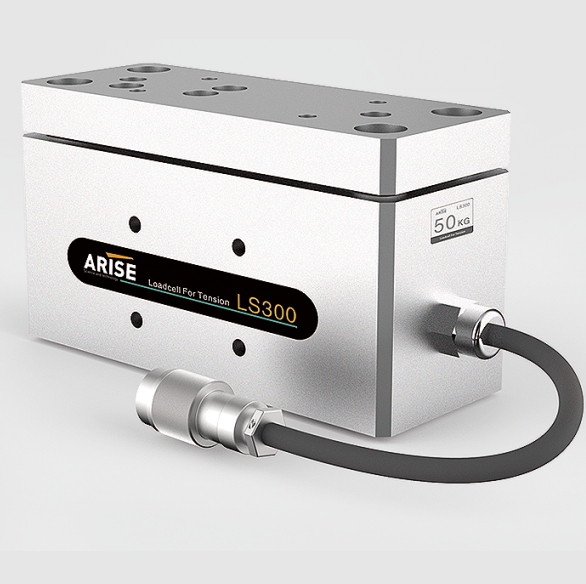
How Closed-Loop Tension Control Systems Work
- Tension Measurement: Sensors measure the tension in the material.
- Signal Transmission: The measured tension is sent to the tension controller, which compares the actual tension to the desired set point.
- Adjustment: If a difference is detected, the controller sends signals to adjust the process parameters (e.g., motor speed, braking force) to correct the tension.
- Continuous Monitoring: The system continuously adjusts based on real-time data to ensure that the tension remains within the desired range throughout the process.
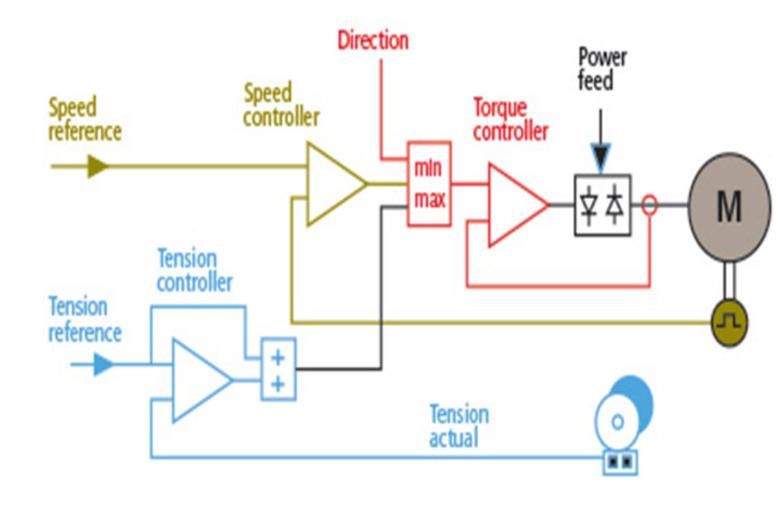
Advantages of Closed-Loop Systems
- High Precision: Offers real-time adjustments to ensure that tension remains consistent, which is crucial in high-precision applications.
- Better Quality Control: Helps to maintain uniformity and reduce defects, leading to higher product quality.
- Flexibility: Capable of handling a wide range of materials and process conditions.
- Reduced Waste: By maintaining consistent tension, closed-loop systems help to minimize material wastage and rework, improving overall efficiency.
Limitations of Closed-Loop Systems
- Higher Initial Cost: More expensive due to the additional sensors, controllers, and complexity.
- Maintenance Requirements: The system requires regular calibration, sensor maintenance, and troubleshooting, which can increase operational costs.
- Complexity: The setup, configuration, and maintenance of closed-loop systems require specialized knowledge and technical expertise.
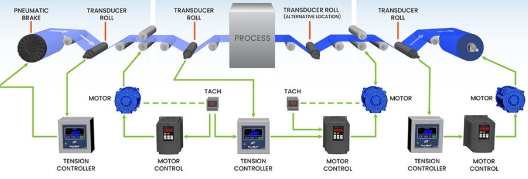
Key Considerations for Choosing Between Closed-Loop and Open-Loop Tension Control Systems
This chart helps highlight the core factors to consider when deciding which tension control system best aligns with the requirements of a given application.
| Consideration | Closed-Loop Tension Control System | Open-Loop Tension Control System |
| Precision | Required for high-precision processes, as it ensures precise tension control. | Suitable for processes where precise control is not critical. |
| Adaptability to Changes | Automatically adjusts to changes in material, speed, or environmental conditions. | Limited adaptability; only pre-set adjustments are possible. |
| Cost | Higher initial investment and ongoing maintenance costs due to advanced components. | Lower initial cost with fewer components, but may require higher long-term maintenance. |
| Maintenance Requirements | Requires more frequent maintenance and calibration due to feedback systems. | Less maintenance due to simpler design and fewer components. |
| System Complexity | More complex system with sensors, controllers, and feedback loops. | Simpler design with fewer components and no feedback loop. |
| Speed of Operation | Well-suited for high-speed applications that need constant adjustment of tension. | Best for slower or consistent-speed operations where adjustments are minimal. |
| Process Stability | Ideal for dynamic and variable processes with changing material properties. | Best for stable processes with consistent materials and operating conditions. |
| Quality Control | Provides superior product quality by maintaining stable tension. | May result in inconsistent quality, especially with fluctuations in tension. |
| Material Variability | Can handle the tension control of diverse material properties and variations in the process. | Works well only with uniform, predictable materials. |
| Installation Time | Longer setup time due to complexity and integration of sensors and controllers. | Faster installation with fewer components and simpler configuration. |
| Long-Term Benefits | Offers higher long-term efficiency, lower waste, and better product consistency. | May lead to higher long-term costs due to potential waste and defects. |
| Application Suitability | Best for high-precision industries such as printing, film production, and textiles. | Suitable for less demanding applications, like basic winding or simple packaging. |
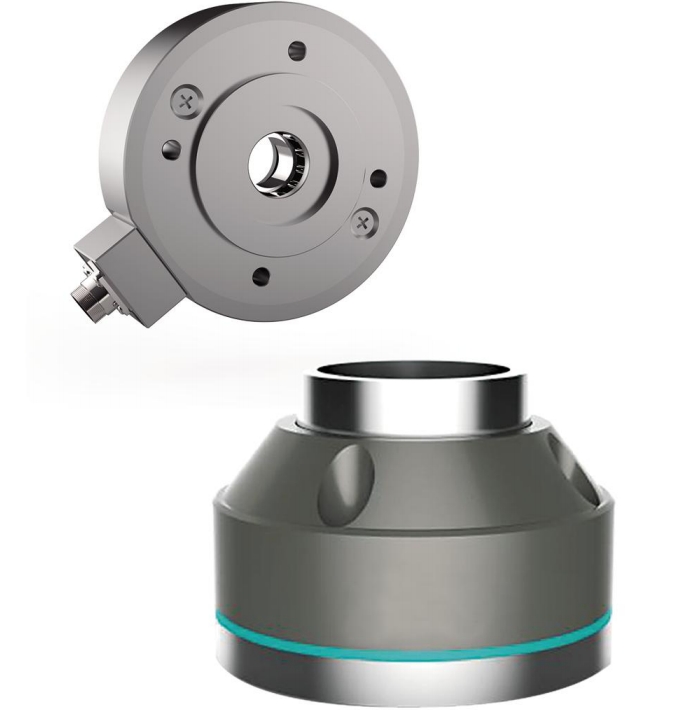
Overall, both closed-loop and open-loop tension control systems have their place in industrial applications. While closed-loop tension control systems offer superior precision, adaptability, and quality control, they come at a higher cost and require more complex setups. Open-loop tension control systems, although less precise, provide a cost-effective and simpler solution for stable production environments. Understanding the specific needs of a production line and the importance of tension control precision can guide manufacturers in choosing the most appropriate system for their operations.


